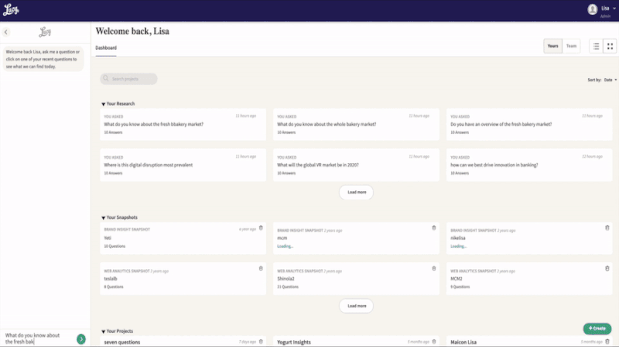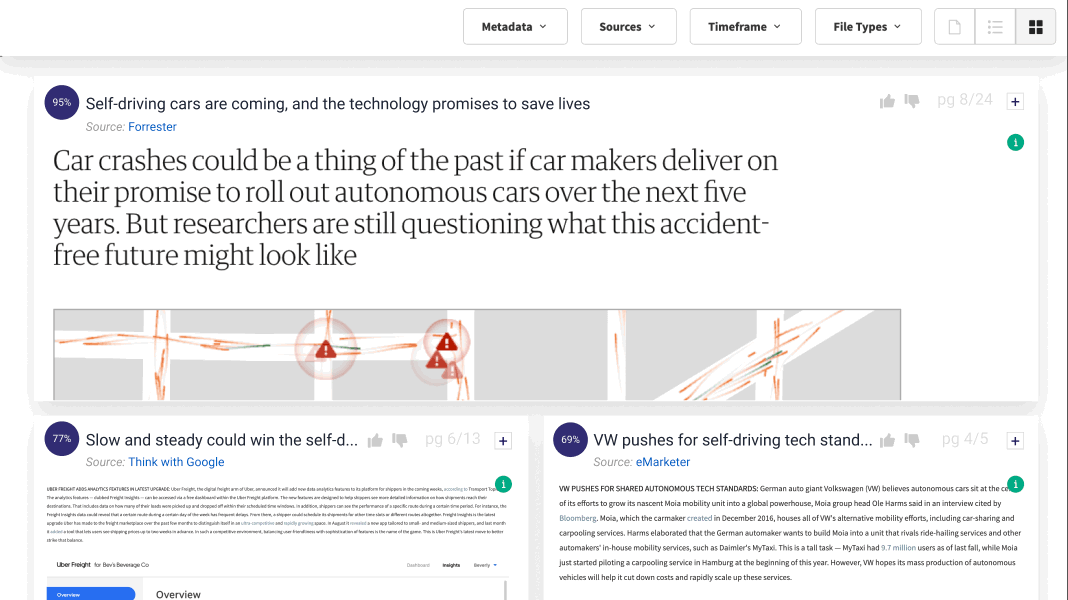AI, especially generative AI, is rapidly becoming crucial for organizations, making it a top leadership priority to figure out how to capitalize on this technology. What’s at stake? With any disruptive technology, businesses face significant opportunities and risks. Their ability to navigate these changes can determine whether they gain or lose market share and competitive advantage.
The key question facing organizations today is: where will AI leadership come from? Who will prioritize initiatives and distinguish between strategic opportunities and distractions?
The individual responsible for this needs to be equally deep on technical acumen and business strategy – a difficult combo to find. While AI has been part of the business world for over two decades, it’s just in the last 18 months with the advent of ChatGPT that it has really become so prominent. Consequently, it’s not like there is this phenomenal well of people with vast experience in the combination of AI and Business Strategy. Many professing to have this experience have relatively modest real-world experience. Therefore, it is important to understand the genuine AI or related experiences that build up an individual's portfolio of experience.
When considering a senior AI leadership role in an organization, some of the key activities will include:
- Use Case Development and Mapping: Identifying and mapping out use cases where AI, particularly generative AI, can provide competitive advantages and other benefits to the organization.
- Prioritization:There is only so much time, energy and financial resources. No organization can do it all. This role needs to develop a clear roadmap with prioritized initiatives so that early investments target areas of greatest need and opportunity.
- Data Audits: Assessing what owned or licensed information is essential to the fulfillment of key use cases is crucial. This includes ensuring the data's accessibility and quality, and determining if any data hygiene or content strategies are needed to support AI success for each use case
- AI Policy Development: This individual should help establish the standards and frameworks for the use of AI. Is it acceptable to work with public tools like ChatGPT or not? What standards do internal tools need to conform to ensure safety, security, adherence to external regulations and accuracy?
- Vendor Management & Technology Standards: Deciding on vendor partnerships, technology standards, and the build-vs-buy debate are critical responsibilities for this role.
As organizations continue to integrate AI into their operations, the need for a dedicated AI strategist becomes increasingly apparent. The nature of this role—whether it is a full-time employee position or a contractor role—will vary depending on the size of the company and its budget cycles. Regardless, it is a senior and critical role that must be staffed successfully.
Where should this role sit within an organization? Functionally, this role sits at the crossroads of IT and business leadership, working collaboratively with various departments and stakeholders to align AI initiatives with the overall organizational strategy. Ultimately though, the role either should be a part of the leadership team or report into Leadership.
This role is pivotal in steering AI initiatives, ensuring they are strategically aligned with business goals, and maximizing the technology's potential benefits.
So, the question stands: who is leading your AI efforts?










